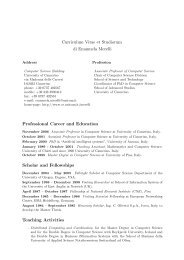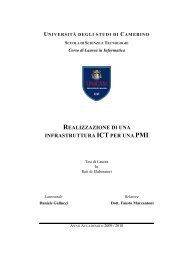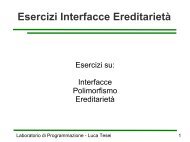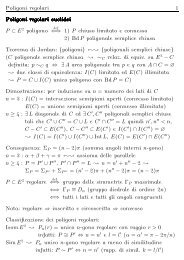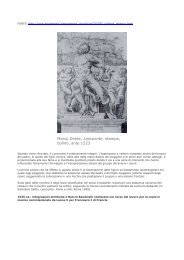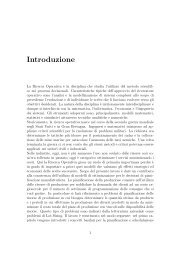Sossinsky:Knots. Mathematics with a twist.pdf - English
Sossinsky:Knots. Mathematics with a twist.pdf - English
Sossinsky:Knots. Mathematics with a twist.pdf - English
Create successful ePaper yourself
Turn your PDF publications into a flip-book with our unique Google optimized e-Paper software.
x PREFACE<br />
Since Antiquity, the development of knot making was motivated by<br />
practical needs, especiaUy those of sailors and builders. For each specific<br />
task, sailors invented an appropriate knot, and the best knots survived,<br />
passing from generation to generation (see Adams, 1994). To tie<br />
a rope to a rigid pole (a mooring or a mast), one uses the dover hitch<br />
knot (see Figure P. 1a), the rolling hitch knot (b), or the carneI knot (c);<br />
to tie two ropes together, the square knot (d) or the fisherman's knot<br />
(f ) (when they are the same size) or the sheet bend (e) (when one rope<br />
is thicker than the other). And there are many other knots adapted to<br />
these special tasks (see Figure P.2). Sailors use knots not only to moor<br />
boats, rig sails, and hoist loads, but also to make objects as varied as<br />
the regrettably famous "cat o' nine tails" and straw mats woven in<br />
Turk's head knots (Figure P.2b).<br />
In the Age of Enlightenment (in England even earlier), oral transmission<br />
of maritime knot making was supplanted by specialized<br />
books about knots. One of the first authors in this genre was the <strong>English</strong>man<br />
John Smith, much better known for his romantic adventures<br />
<strong>with</strong> the beautiful Indian princess Pocahontas. At the same time, the<br />
terminology associated <strong>with</strong> knots became codified; it was even the<br />
subject of a detailed artide in Diderot's and d'Alembert's Enclopédie.<br />
Sailòrs were not the only inventors of knots. The fisherman's hook<br />
knot (Figure P.2f ), the alpinist's chair knot (d), the engineer's constrictor<br />
knot (c), and the knitter's rice stitch (e) are only a few examples<br />
among many. The dassic reference for knot making is Ashley's famous<br />
Book of <strong>Knots</strong> (1944). A few knots in particular derive from one of the<br />
greatest technological inventions of the Middle Ages: the puUey (Figure<br />
P.3a), together <strong>with</strong> the compound pulley (b and c). This worksaving<br />
device, a sort of Archimedes' lever <strong>with</strong> ropes, unites two major



